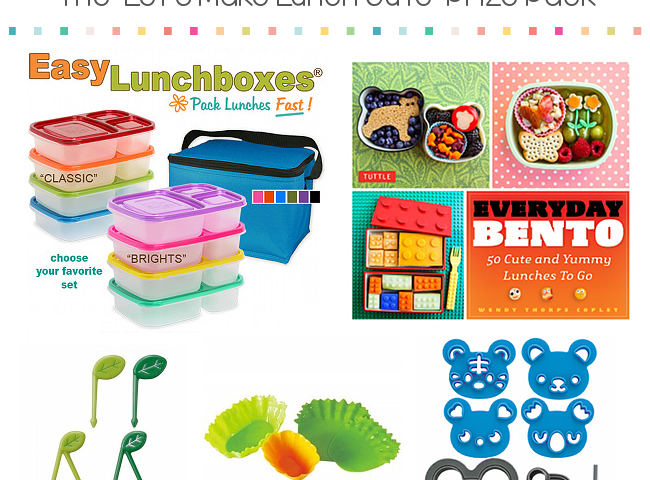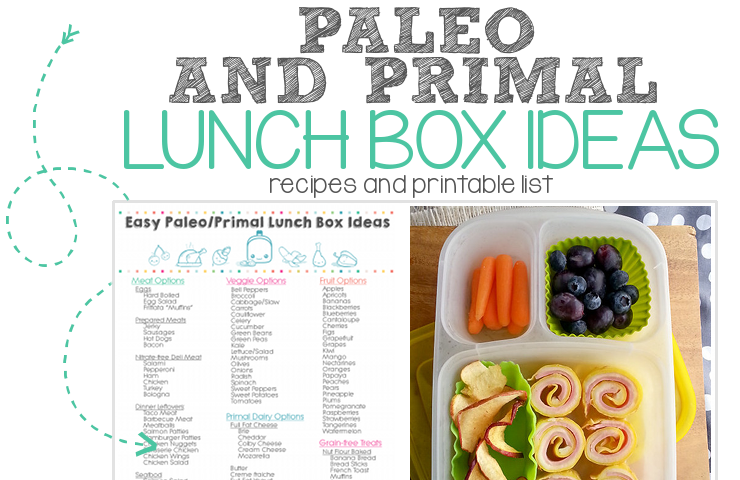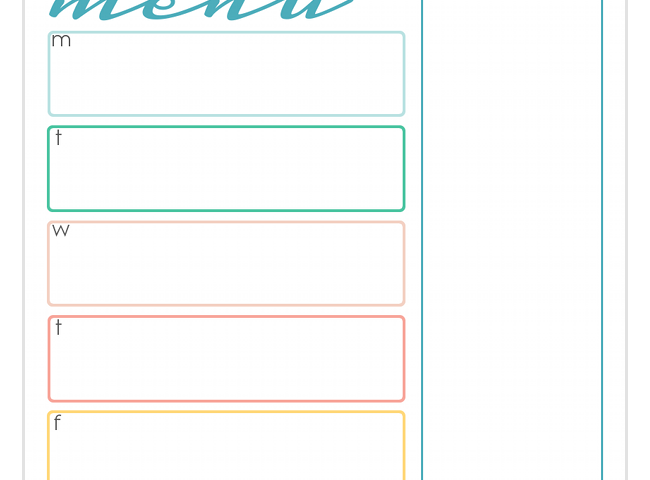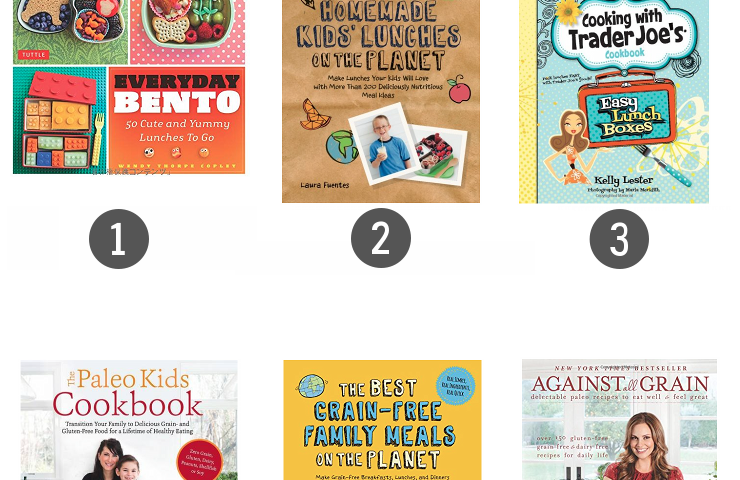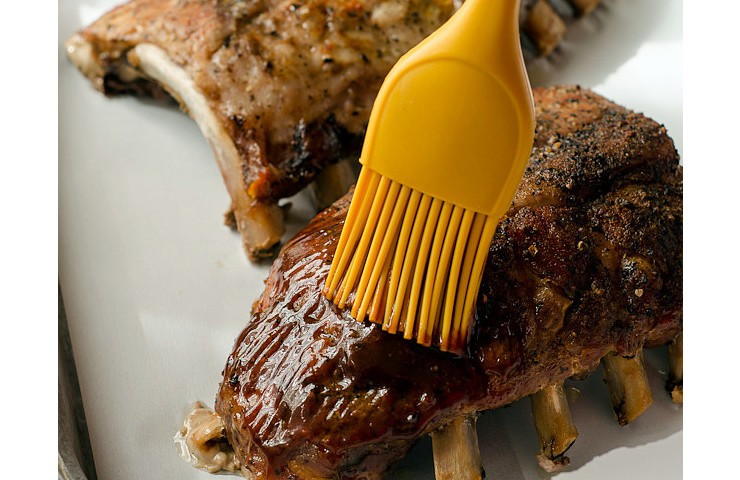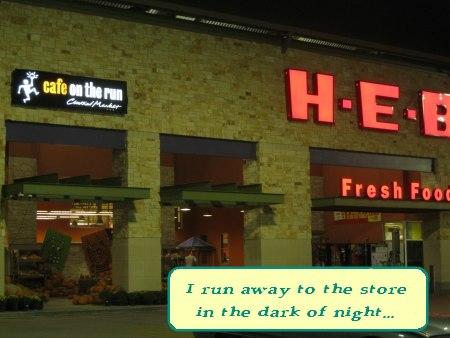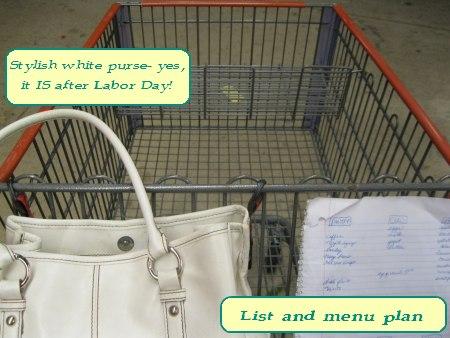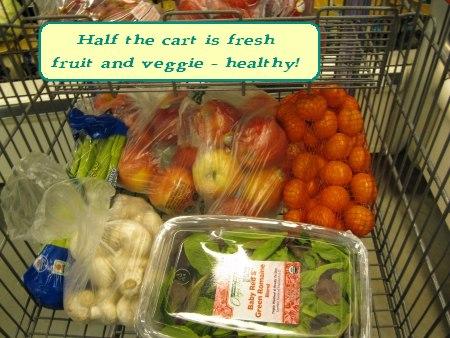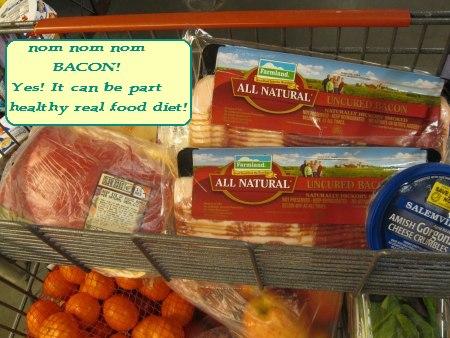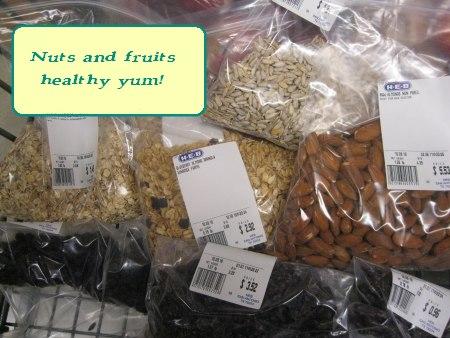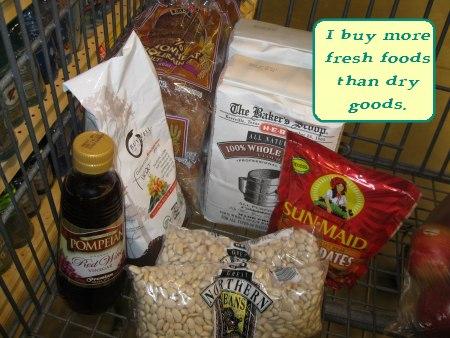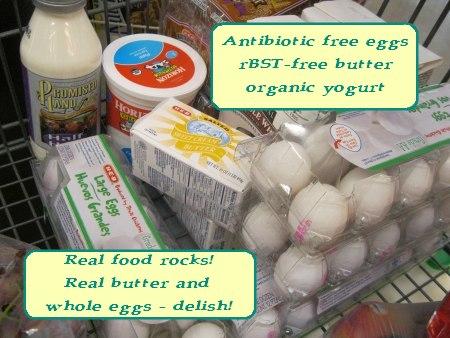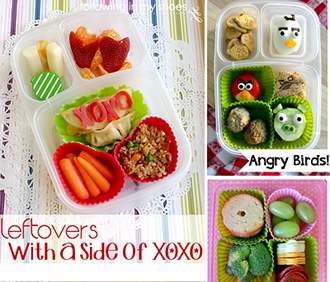With a growing family and living on one income, being “frugal” with my shopping is a necessity. And, now that I’ve spent the past year learning about healthy eating and “REAL” food, buying the healthiest foods is also a “necessity” for our family. But, trying to stay frugal AND healthy can be overwhelming when you step into a grocery store and experience sticker shock.
Enter “Milehimama.” Milehimama writes about large family living (she has a family of TEN), real food, and frugal living at Mama Says. Today she’s sharing how she buys “real food” on a tiny budget.
Here’s how my family eats Real Food and stays in budget, less than $18 per person per week. My typical budget for food is $700 per month for 10 people. I spend an average $100-150/month at Whole Foods on antibiotic, hormone free meat and $500-600 (or, $125-150 a week) picking up staples at the grocery store.
Rachel invited me to take you guys on a grocery run with me to check out how I buy real food and save money!
First I stopped off at Georgia’s Market (a local Houston store) to see what they have. It’s on the way to my grocery store and it’s like an indoor farmer’s market. I bought nice, big organic baking potatoes, onions, and bananas, which are cheaper here than (our big Houston grocery chain) HEB’s prices. Know your prices to save money!
Now we’re ready for the real shopping!
Tip: I shop without the kids, which for me means shopping at night. You will save so much money and time if you shop alone – and you’ll be free to read all the ingredient lists you want without whining.
Grab a basket and let’s go!
Tip: Your list is the #1 thing that will save you money at the store.
First I sweep through the produce department. I buy a lot of fruit for snacks. You’ll notice later that I don’t put a lot of processed foods in the cart. I also don’t buy everything organic. This trip, I bought domestic grapes (foreign grapes are on the Dirty Dozen list, but California grapes have fewer contaminants). Organic apples, mandarin oranges, mushrooms, organic celery, and organic salad mix.
Now, that salad mix doesn’t look frugal at first glance, but it contains 16 oz. of organic mixed salad greens for $4. One head of lettuce would yield about a 1/3 of that (maybe) and costs $2, plus I’m more likely to eat salad every day if I can just grab it and go. There’s no waste with the prepacked tubs, either. Count the cost.
Tip: Buy what your family will eat. I didn’t buy any grapefruits or papaya, even though those are healthy, real food choices, because they’d just go to waste at my house.
Now it’s onto the meat and cheese section. I buy most of my meat at another store, but today I noticed the butcher had natural pork chops (antibiotic free, vegetarian fed) for under $4 and I needed some beef because all I had were chickens in the freezer. I try to buy grass fed, but when that’s too pricey I settle for “natural” which is antibiotic, hormone free.
Tip: Don’t be brand loyal. I bought this brand of bleu cheese because it was hormone free, and had a instant, peel-off coupon so it was cheapest. I usually buy Applegate farms bacon (comes from happy pigs!) but this trip I bought Farmland because it was on sale, but still came from antibiotic-free pork without nitrates.
Now we’ll stop by the bulk bins. Almonds are cheaper here (under $4/lb.) and so are organic raisins ($3/lb.) I use sunflower seeds in my oatmeal and granola to increase the protein and add texture, and it’s a good, cheap source (under $2/lb. for raw, organic sunflower seeds.)
Tip: Have a plan for what you buy. I’m buying currants and almonds this trip because I have a recipe already printed that I want to try. I don’t buy them hoping I’ll get around to doing something with them some day.
Next up are the middles – the aisles of dry goods, staples, boxes, and cans. Real food notes: bread is high fructose corn syrup free, and has 3 g. of fiber per slice. Flour is whole wheat. Sunmaid dates were cheaper than bulk bin dates, so that helped me stay in budget. We use a lot of flavored vinegars to flavor food without chemicals and MSG. I always try to have red wine, rice wine, and apple cider vinegar on hand.
Tip: Know your food values. I buy organic, fair trade coffee which is not the cheapest price. But, buying this type of coffee is very important to me. I plan ahead for it and make room in my budget- and if I couldn’t afford the fair trade stuff, I wouldn’t buy any coffee at all. Those are *my* food values.
The dairy department is up next! We drink a lot of milk, and fortunately most major brands and store brands are hormone free so it’s not hard to get a good deal. Fun Fact: We really do drink 4 gallons of milk and eat 4 dozen eggs a week.
Tip: Yogurt with fruit and honey or eggs are cheaper and healthier breakfast options than corn flakes, Kix, or any cereal that comes with a toy prize. It takes just a couple of minutes to scramble an egg- you can even do it in the microwave!
Thanks, Rachel, for letting me share my grocery trip! If you’d like to know more about how I shop, I have a series I did last year, complete with grocery receipts, as I took a Food Stamp Challenge. You can also browse all of my real food posts.
